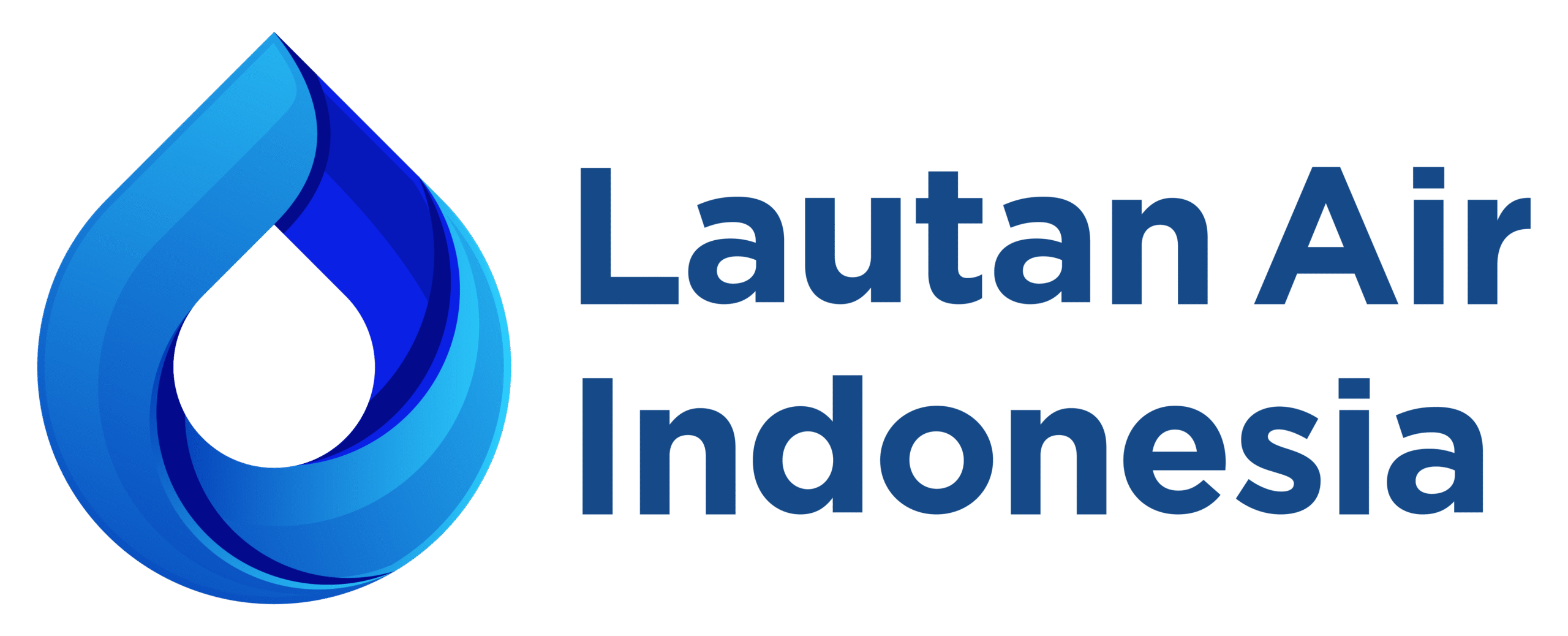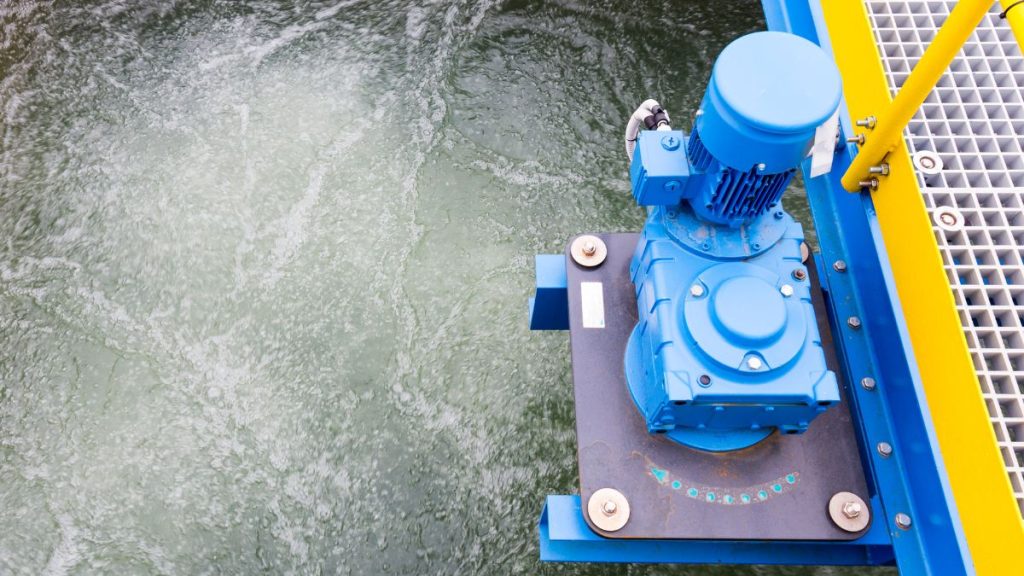In water treatment systems, dosing pump issue is one of the most frequent technical challenges operators face. Dosing pumps are the backbone of chemical dosing processes, ensuring precise amounts of coagulants, disinfectants, and other treatment chemicals are delivered at the right time.
When dosing pumps fail or underperform, the entire water treatment process is at risk, leading to inefficiency, higher operational costs, and even non-compliance with quality standards. Understanding the common issues that arise in dosing pumps and how to troubleshoot them is essential to maintaining a reliable and efficient water treatment operation.
Dosing Pump Issues in Water Treatment Systems
Dosing pumps are designed for durability and accuracy, but like any mechanical equipment, they are prone to operational issues over time. Below are some of the most common problems encountered in water treatment facilities.
1. Inconsistent Chemical Flow
A very common dosing pump issue is inconsistent flow. This happens when the pump fails to deliver a steady and accurate volume of chemicals. Causes may include clogged suction lines, worn diaphragms, or air trapped in the system. The result is irregular dosing, which affects water quality and treatment performance.
2. Pump Not Priming
Priming issues occur when the pump fails to draw in liquid properly. This can be caused by air leaks, blockages in the suction line, or improper installation. Without proper priming, the pump cannot operate effectively, leading to downtime and process interruptions.
3. Diaphragm or Seal Failure
Many dosing pumps rely on diaphragms or seals to regulate chemical flow. Over time, these components wear out due to chemical corrosion, high pressure, or continuous operation. Seal failures often lead to leakage, loss of suction, or complete pump shutdown.
4. Chemical Compatibility Problems
Not all dosing pumps are compatible with every chemical used in water treatment. Using the wrong material for seals, diaphragms, or tubing can result in rapid deterioration. This type of dosing pump issue not only reduces lifespan but may also cause safety hazards due to chemical leakage.
5. Electrical or Control Malfunctions
Dosing pumps often integrate with electronic controllers or sensors to ensure precise chemical delivery. Electrical malfunctions, faulty wiring, or damaged control systems can lead to inaccurate dosing, or in some cases, pump failure.
6. Blocked or Clogged Valves
Check valves in dosing pumps are critical for maintaining one-way flow. Blockages caused by impurities, scaling, or crystallization can disrupt chemical flow, leading to overdosing or underdosing.
7. Air Entrapment
Air bubbles inside the pump head or suction line can prevent proper dosing. Entrapped air often mimics a serious mechanical failure but is usually caused by improper installation or leaks in the suction line.
Read Also: The Role of Dosing Pumps in Water Treatment Systems
How to Troubleshoot Dosing Pump Issues
Addressing a dosing pump issue requires both technical knowledge and systematic inspection. Troubleshooting should begin with identifying the root cause before deciding on repair or replacement. Below are common troubleshooting practices:
1. Check the Suction Line
The suction line should always be clear of blockages and tightly sealed. Inspect the tubing for cracks, leaks, or obstructions that might prevent proper priming. Replace any worn or damaged hoses immediately.
2. Inspect Valves and Diaphragms
Valves and diaphragms are wear parts that need regular replacement. If chemical flow is inconsistent, check for tears, cracks, or buildup of deposits on these components. Installing chemical-compatible replacements often restores pump performance.
3. Remove Air Bubbles
If air entrapment is the issue, vent the pump head carefully to remove trapped air. Ensuring all connections are airtight during installation can also prevent future air leaks.
4. Verify Electrical Connections
For dosing pumps that rely on controllers, verify that wiring, relays, and control signals are functioning properly. Faulty controllers may require recalibration or replacement.
5. Confirm Chemical Compatibility
Always use pumps, diaphragms, seals, and tubing that are chemically resistant to the treatment chemicals being dosed. Cross-check manufacturer specifications before installation to prevent premature failure.
6. Calibrate the Pump
Regular calibration ensures the pump delivers the correct dosing volume. Over time, stroke length adjustments or electronic settings may drift, requiring recalibration to restore accuracy.
7. Conduct Routine Maintenance
Preventive maintenance is the best way to avoid major breakdowns. Regularly inspect all moving parts, lubricate where required, and replace consumables according to the manufacturer’s recommendations.
Read Also: The Importance of pH in Cooling Tower and How to Control It
Preventing Dosing Pump Issues in the Long Term
Beyond troubleshooting, water treatment facilities should adopt preventive measures to ensure dosing pumps operate reliably:
- Scheduled Maintenance Programs: Create and follow a strict maintenance schedule, including inspections, cleaning, and part replacements.
- Training Operators: Equip staff with the knowledge to recognize early signs of dosing pump issues.
- Spare Parts Management: Keep an inventory of essential spare parts such as diaphragms, seals, and valves.
- Proper Installation: Ensure pumps are installed correctly with proper alignment, secure fittings, and compatible materials.
- Monitoring and Automation: Use advanced controllers and monitoring systems to detect anomalies early and prevent failures.
By focusing on prevention, water treatment facilities can minimize downtime, reduce repair costs, and improve operational efficiency.
Conclusion
A dosing pump issue in a water treatment system can disrupt operations, compromise water quality, and increase costs if not resolved promptly. From blocked valves to diaphragm failures and electrical malfunctions, each problem requires precise troubleshooting and proactive maintenance.
By working with a trusted partner like Lautan Air Indonesia, you gain access to comprehensive solutions, from troubleshooting and preventive maintenance to system optimization and operator training. Our commitment is to ensure your dosing systems run smoothly, reliably, and efficiently.
If your facility is experiencing any dosing pump issues, contact Lautan Air Indonesia today and discover how we can help you achieve optimal water treatment performance.



